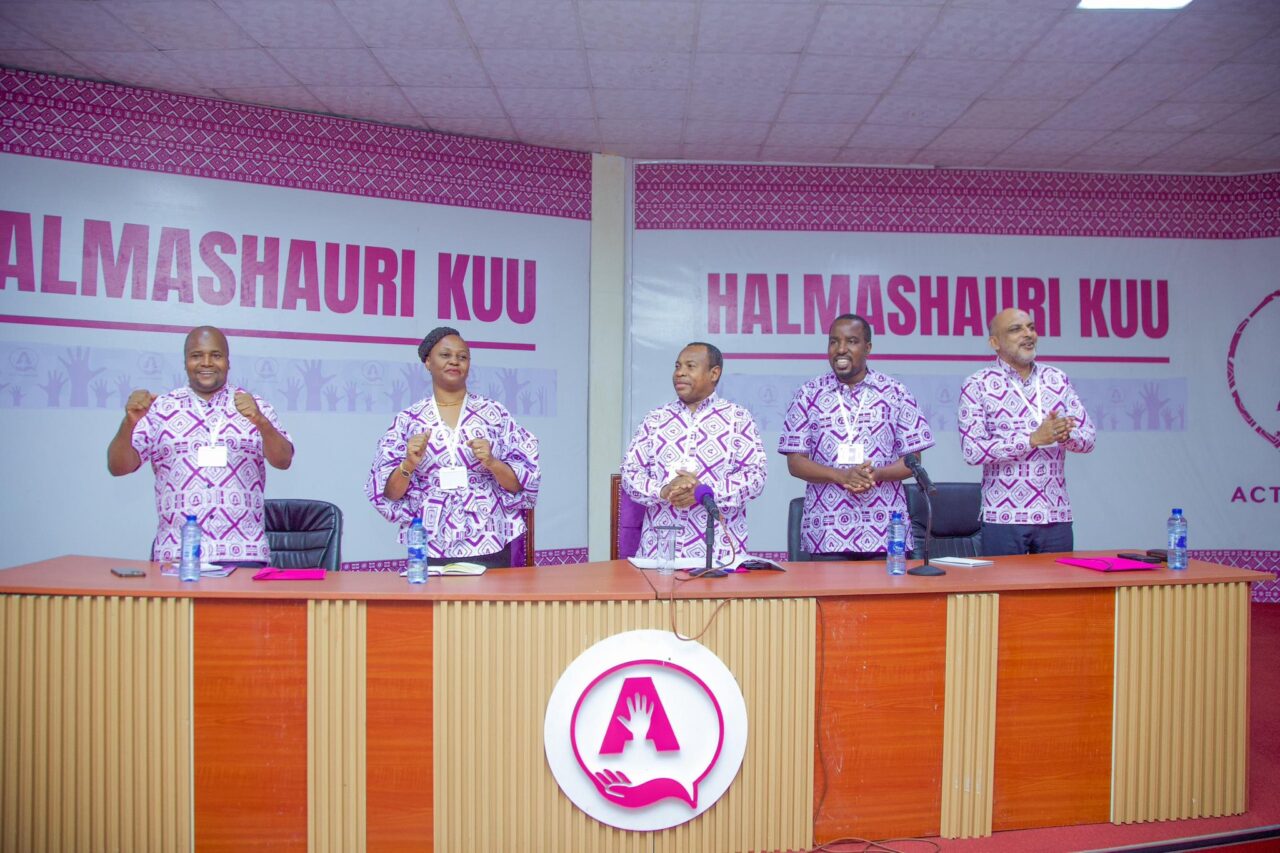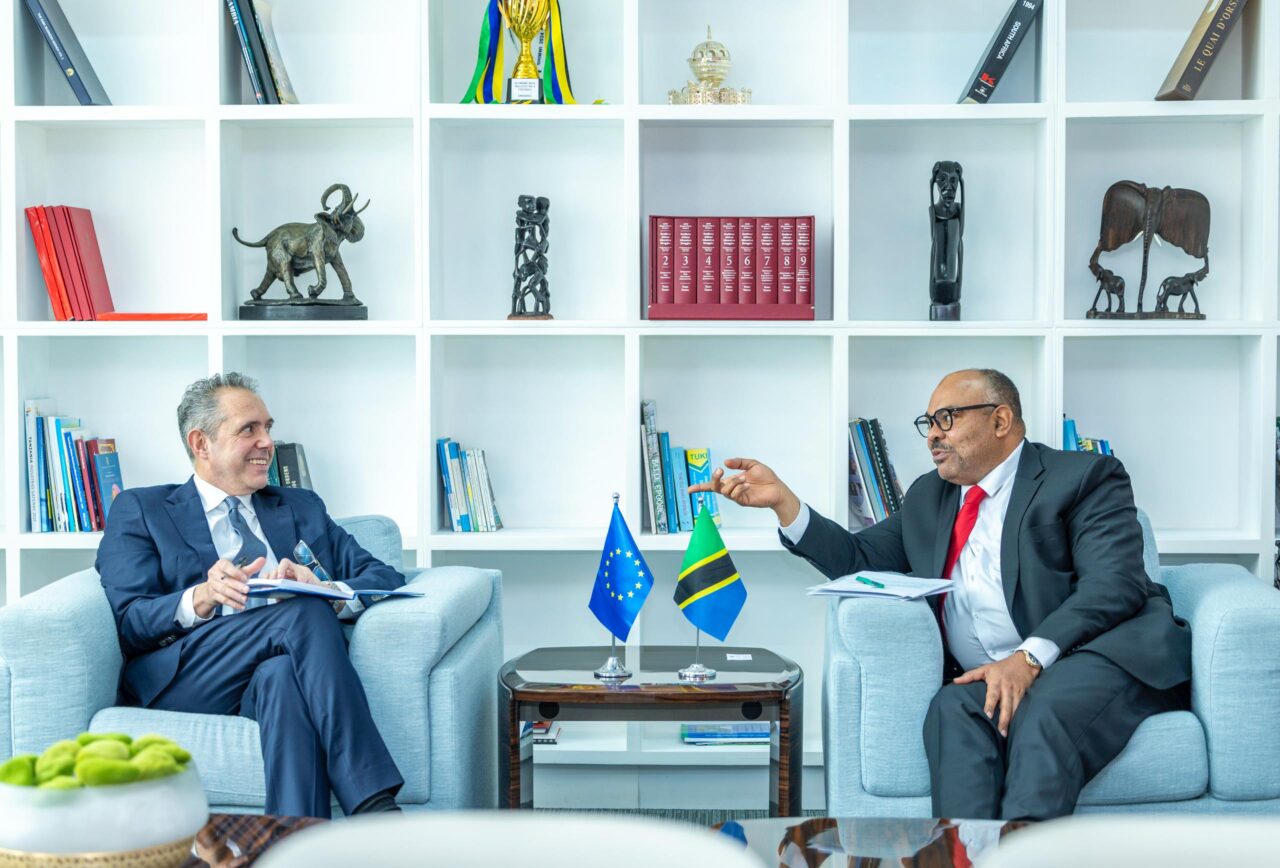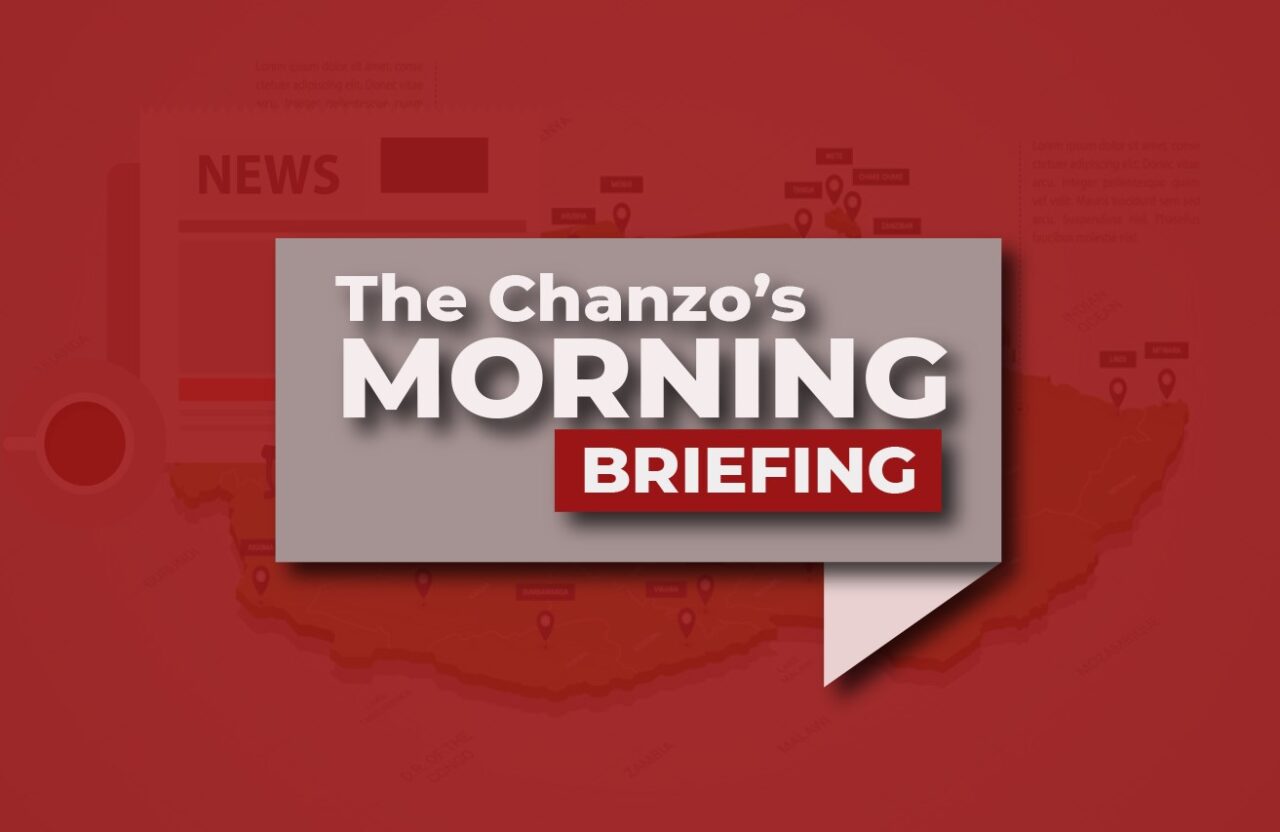Dar es Salaam, the bustling heart of Tanzania, is on the cusp of transformation. In just over five years, it’s slated to join the elite ranks of megacities, credited to its rapid urbanisation and population growth.
As one of the next few megacities in Africa after Lagos, Cairo and Kinshasa, Dar es Salaam stands at the forefront of a monumental challenge: how to sustainably accommodate and move millions of residents through its crowded streets and burgeoning neighbourhoods.
The city’s response to this challenge has been the ambitious construction of the Dar es Salaam Bus Rapid Transit System, affectionately known as DART or Mwendokasi. Phase by phase, this system is unfurling its reach, from Morogoro Road to Kilwa Road, Pugu Road and beyond, aiming to ease congestion and provide reliable transport for the city’s growing populace.
However, as the concrete slabs are poured and the buses ply their routes, a nagging question lingers: will the BRT system alone suffice for a mega city like Dar es Salaam?
Consider the numbers: Phase I alone cost a staggering US$381.9 million, a hefty sum.
While it has undeniably improved urban mobility, millions of Dar es Salaam residents still rely on private cars, daladalas, bodabodas, and bajajis. They will continue to do so for a long time, citing the BRT’s unreliability and lack of comfort as deterrents to its use.
READ MORE: Dar To Become A Megacity. But Is It Prepared?
So why not consider urban trains, tubes, or trams? Yes, they’re expensive propositions, but they could yield invaluable benefits in the long run. Take, for instance, the cost of constructing a BRT compared to a railway system.
Phase I of the BRT spans 21 kilometres and accommodates 300,000- 400,000 daily commuters at a cost of nearly US$400 million. In contrast, the construction cost of a railway line, according to Tanzanian Railway Corporation, comes in at around US$4 million per kilometre.
Do the math, and the potential savings become glaringly apparent. If we follow a similar cost margin, establishing a 21-kilometre railway network in Dar es Salaam—occupying significantly less space—would approximate around US$90 million.
This estimate, however, excludes the expenses associated with constructing terminals and auxiliary infrastructure, which, by any reasonable assessment, would be less substantial to exceed the US$300 million mark to compete with the Bus Rapid Transit System.
Imagine a sleek urban train slicing through the cityscape, whisking commuters from one end of Dar es Salaam to the other in a fraction of the time it takes by road. The convenience, the efficiency—a vision of urban mobility redefined. And while some may baulk at the initial investment required, the long-term benefits speak for themselves.
READ MORE: Almost a Quarter of Tanzania’s Private Primary Schools Are Found in Dar es Salaam. Here’s Why
Beyond mere convenience, an urban railway system promises transformative change. It’s about moving people from point A to point B and fostering economic development, social cohesion, and environmental sustainability. Picture the vibrant hubs of activity that spring up around railway stations, breathing new life into neglected neighbourhoods and connecting communities in ways never thought possible.
And let’s remember the environmental impact. With lower emissions and reduced reliance on fossil fuels, electric trains represent a greener alternative to the sea of cars choking Dar es Salaam’s streets. By incentivising public transportation and curbing the proliferation of private vehicles, a railway system could help mitigate the city’s carbon footprint and combat the scourge of air pollution.
So why the hesitation? Why the reluctance to entertain such a bold and visionary idea? It could be a lack of imagination or a failure to envision the possibilities beyond the status quo. Those fortunate enough to have travelled to cities in Europe, the Middle East and Asia can attest to the seamless integration of urban transport systems, where trains, buses, and trams coexist harmoniously to serve the needs of millions.
It’s time for Dar es Salaam to join the ranks of global metropolises and embrace innovation and forward-thinking in its pursuit of urban excellence and the city’s livability. Let’s go by this route in our Vision 2050 and pursue a metropolitan railway system. There are many challenges, from funding constraints to logistical hurdles. But the rewards, both tangible and intangible, are well worth the investment.
As the sun sets on Dar es Salaam’s bustling streets, casting long shadows across its ever-expanding skyline, let us dare to dream of a city transformed— a city where trains crisscross its urban landscape, binding its diverse neighbourhoods together in a web of steel and progress.
READ MORE: Tanzania Cannot Afford to Remain a Graveyard for Old European, Asian Cars
We need this conversation, and the time is now, as the government embarks on developing the National 25-year development plan. The time for action is imminent. For in the crucible of ambition and foresight lies the promise of a brighter, more vibrant future for all who call Dar es Salaam home.
Kennedy Mmari is the Founder and Chief Executive Officer of Serengeti Bytes, a Dar es Salaam-based communications, public relations and digital media agency. He’s available at kennedy@serengetibytes.com and on X as @KennedyMmari. The opinions expressed here are the writer’s own and do not necessarily reflect those of The Chanzo. If you are interested in publishing in this space, please get in touch with our editors at editor@thechanzo.com.




